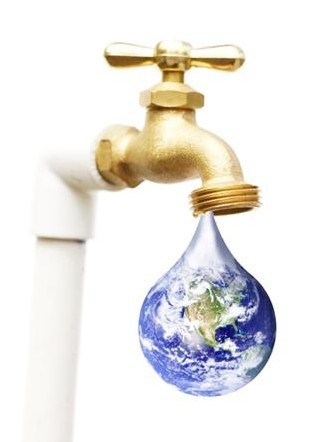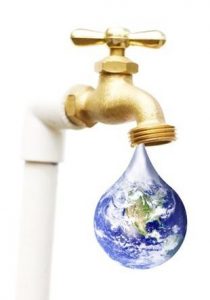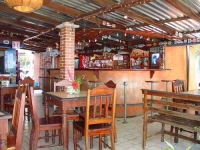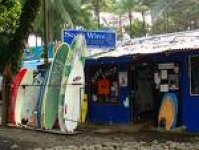While browsing the storefronts of Quepos the other day, I saw this Hurricane History Map in an office window. What caught my attention was how Costa Rica was completely free of any direct hurricane/tropical storm trajectories. People ask us if we get hit by hurricanes, and now it’s nice to have a chart showing just how ideally located Costa Rica is, especially on the Pacific side. Clearly, the vast majority of tropical storms and hurricanes are born in the oceans to the west and especially the east of Costa Rica, and then almost always track north. In recent years, only Hurricane Cesar and Hurricane Mitch (1996 and 1998, respectively) traveled all the way across the Central America landmass.
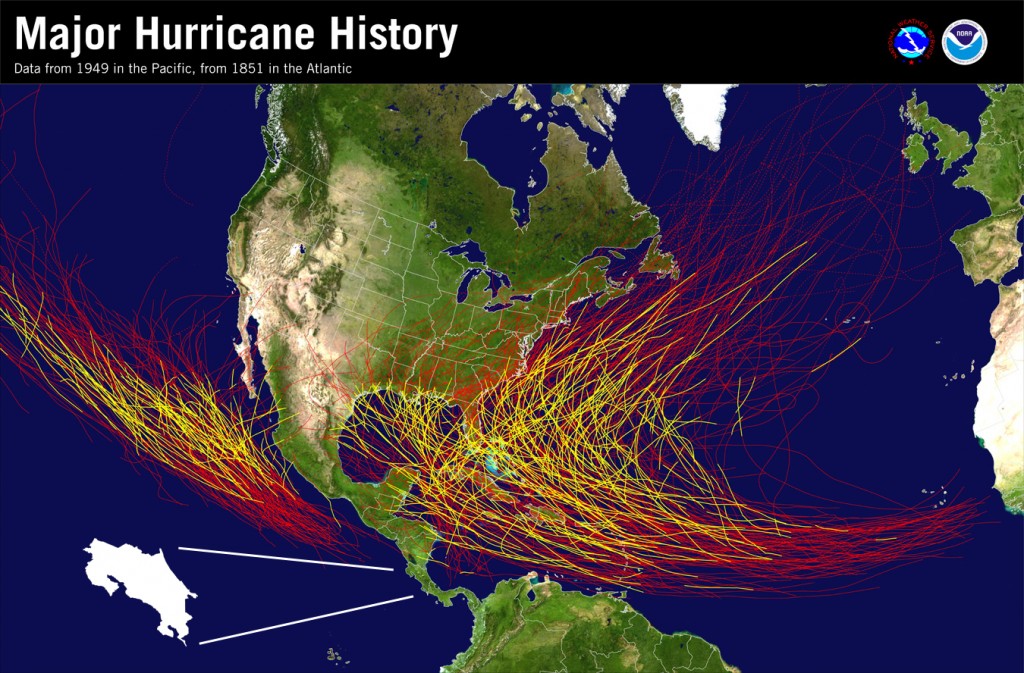
During the hurricane season, June 1st – Nov. 30th, Costa Rica will occasionally feel the effects of these major hydro-meteorological events. Tropical storms are more common than hurricanes in Costa Rica, and it is important to note that heavy rain isn’t the same as heavy rain AND 100+ mph winds!
According to this NASA webpage, “Tropical cyclones are like giant engines that use warm, moist air as fuel. That is why they form only over warm ocean waters near the equator.” The small towns in our area (e.g., Dominical, Uvita and Ojochal) are located at approximately nine degrees north of the equator. The benefit of being at this latitude, and on the Pacific side of Costa Rica, is the wind is significantly lighter than along the Caribbean storm corridor where hurricane winds can rip off your roof. I suppose that’s why the famous Portuguese explorer Ferdinand Magellan called the Pacific Ocean, Tepre Pacificum or “Peaceful Sea”.
What Does This Mean For Pacific Zone Residents and Investors?

